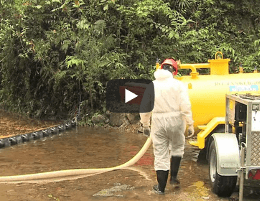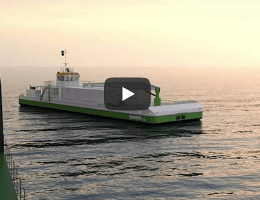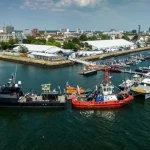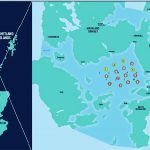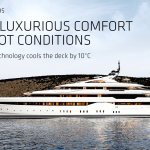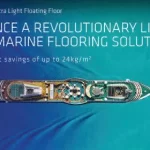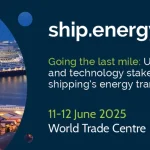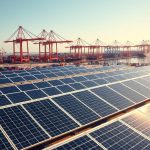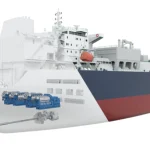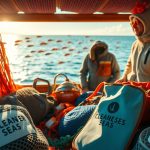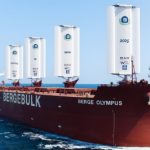Orkney Harbour: Leading the Way in Sustainability and Innovation
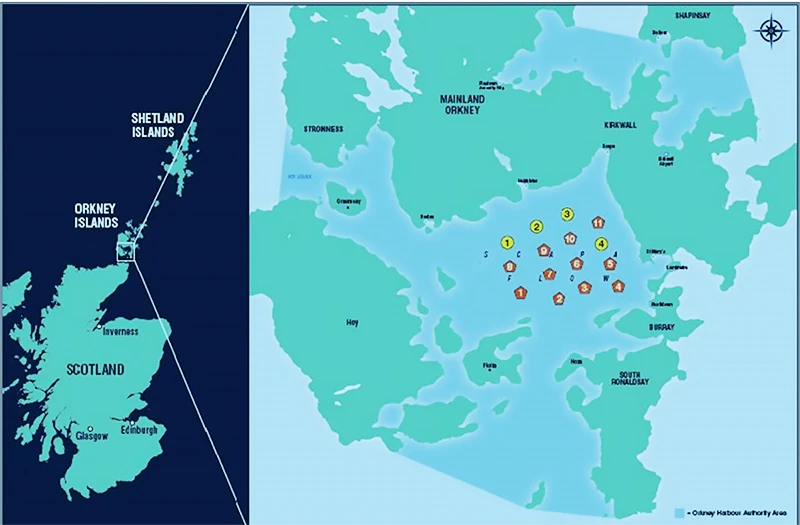
Introduction
Located in the idyllic Orkney Islands of Scotland, Orkney Harbour has earned its name as not just a junction of shipping routes and marine activity, but as a beacon of sustainable innovation. Historically Orkney has long been established as a vital link between transoceanic shipping and marine activity; however, over the past few decades, the harbour has introduced a bold vision: balancing economic growth with environmental stewardship.
This commitment to making the port sustainable is not just a passing thought; rather, it is a fundamental characteristic of how the port operates. With its new practices, renewable energy-powered activities, and community involvement, Orkney Harbour sets an example for ports across the world. This article will examine the groundwork laid by the Marine Environment Unit of Orkney Harbour in driving these activities, highlight the most important environmental projects at this harbour, and look at what is considered an exciting future in clean energy and decarbonisation.
The Marine Environmental Unit: Guardians of Orkney’s Waters
First established in 1974, the MEU has grown and remains an important cornerstone of sustainable development for the Orkney Harbour. The MEU was originally set up for monitoring the environmental effects of the Flotta Oil Terminal on Scapa Flow, but its remit has expanded over the decades to the wide range of environmental monitoring and conservation activities carried out today. The mission is clear – to protect the integrity of Orkney’s marine ecosystems while realising environmentally sustainable operations of the harbour. Their staff are highly trained experts in marine biology, environmental science, and risk management, reflecting deep investment by the harbour in the protection of Orkney’s natural heritage. Among other responsibilities. MEU today deals with water quality analysis, biodiversity assessments and pollution control. This ensures that harbour activities, including oil and gas-related ones, shipping, and aquaculture, coexist with rich marine life in Orkney waters.
Sustainability Practices and Initiatives
Orkney Harbour has numerous ambitious initiatives toward lessening the impact on the environment. The programs range from holistic methods in sustainability, biodiversity, to pollution prevention.
Ballast Water Monitoring
The use of ballast water by vessels for stability may transfer invasive species into different locations and harm the local ecosystem. Orkney Harbour has created one of the most impressive facilities for ballast water monitoring in the UK. MEU regularly monitors the quality of ballast water discharged into Scapa Flow, among others, for compliance with strict environmental standards. This is a proactive measure to minimise the possibility of introducing non-native species that could alter the marine biodiversity of Orkney. In making such investments, the harbour not only secures its distinctive ecosystem but also maintains a leading position in responsible and sustainable port management.
Marine Intertidal Monitoring
Intertidal zones are areas that are exposed during low tide and submerged during high tide. They provide crucial habitats for a wide range of marine species, acting as nurseries for fish, feeding grounds for birds, and homes for shellfish and other organisms. Significantly, Orkney Harbour acknowledges their ecological significance by periodic monitoring against general habitat health. Experts study the diversity of species, the impact of human activities, and the changes in ranges due to climatic changes. The information obtained has been used in making decisions that ensure the protection of the vulnerable intertidal ecosystems.
Radiological Monitoring
The Orkney Harbour is interested in radiological protection with industrial activities, including the oil and gas industry, closer to Scapa Flow. Therefore, radiological monitoring programmes are operated by MEU in order to identify and measure potential radioactive contaminants in water, sediments, and marine biota. This reassures the safety of Orkney’s marine environment for local communities and wildlife and enables the continuity of economic activities dependent on the same environment, including fishing and tourism. The open publication of radiological data enhances public confidence in the harbour’s commitment to safety.
Oil Spill Contingency Planning
Preparedness acts as the best deterrent against potential environmental risks. Orkney Harbour authorities have drawn up a contingency plan aimed at responding effectively to any accidental oil spill by tankers or other vessels. This plan incorporates very specific response procedures, regular training exercises for staff members, and external agency partnerships. The rapid response capabilities of the harbour minimise environmental damage related to any spills, ultimately protecting both the local ecosystem and the unspoilt coastline of Orkney.
Participatory Research and Community Interaction
Orkney Harbours realise that the protection of the environment is everybody’s job. The harbour, therefore, interacts with institutions of higher learning, non-governmental organizations, and the local community in the pursuit of best practice. For example, the harbour participates in the “Fishing for Litter” scheme, whereby local fishermen pick up litter from the sea during their normal fishing trips and bring it ashore for proper disposal. This scheme reduces marine pollution and also raises awareness about the importance of keeping the oceans clean. MEU also cooperates in project development with universities and research centres in fields related to marine biodiversity, renewable energy, and climate change. Partnerships of this sort also help disseminate knowledge and expand resources available to sustainability actions in the harbour. Another important part of the environmental strategy at Orkney concerns community involvement. Workshops held with the public, education campaigns, and ecotourism promote active engagement by both residents and visitors to the protection of the marine environment of Orkney.
Future Directions and Innovations
Orkney Harbour is not resting on its laurels. Its leadership is actively looking into innovative ways of making it more sustainable and reducing carbonization. But more excitingly, it plans tointegrate renewable energy into the operations within the harbour. Already, the Orkney Islands have been pursuing state-of-the-art renewable energy, producing surplus electricity from wind, tidal, and wave power, that can be utilised to produce green hydrogen In this process, hydrogen is produced using renewable energy, and would create a clean fuel source for vessels and other means of transport, thereby minimising emissions. This will go well with the international drive to use decarbonise shipping. With a range of projects that will transform the harbour infrastructure in the pipeline, Orkney Harbour is hoping to become a key flag bearer in the development of ‘green’ ports. The plan encompasses providing shore power facilities to ships, improved facilities for waste, and better infrastructures for renewable energies.
Frequently Asked Questions
What is unique about Orkney Harbour’s road to sustainability?
Orkney Harbour provides its marine environmental protection based on recent technologies, huge monitoring, and solid community contribution. Such integration with renewable energy exploration into green hydrogen production makes this place very much special in global respects for taking sustainable port management to an unprecedented level.
What is the Marine Environmental Unit contributing in terms of sustainability?
MEU focuses on regular water quality, biodiversity, and pollution monitoring to ensure environmental impact is very negligible from harbour operations. They bring a broad dimension in providing expertise by integrating economic activities within ecological preservations.
What are the main risks the harbour addresses regarding the environment?
Invasive species through ballast water, oil spills, radiological contamination, and marine pollution are among the risks the harbour addresses. There are proactive measures that are very effective towards such threats.
How does the local community get involved in aspects of sustainability?
Schemes such as “Fishing for Litter” and educational workshops give residents an active role in marine conservation. Community involvement in education and harbour environmental programs is key to their success.
Resources To find out more about Orkney Harbour’s sustainability programmes
Conclusion
Orkney Harbour serves as the perfect example of how the future in sustainable maritime operations should be. It brought together environmental science, community involvement, and innovative technology in such a way as to provide a model for balancing economic activity with ecological responsibility. With ambitious plans for renewable energy and decarbonisation, the harbours and their owners Orkney Islands Councilare helping inspire a path into the future from other ports around the world.

